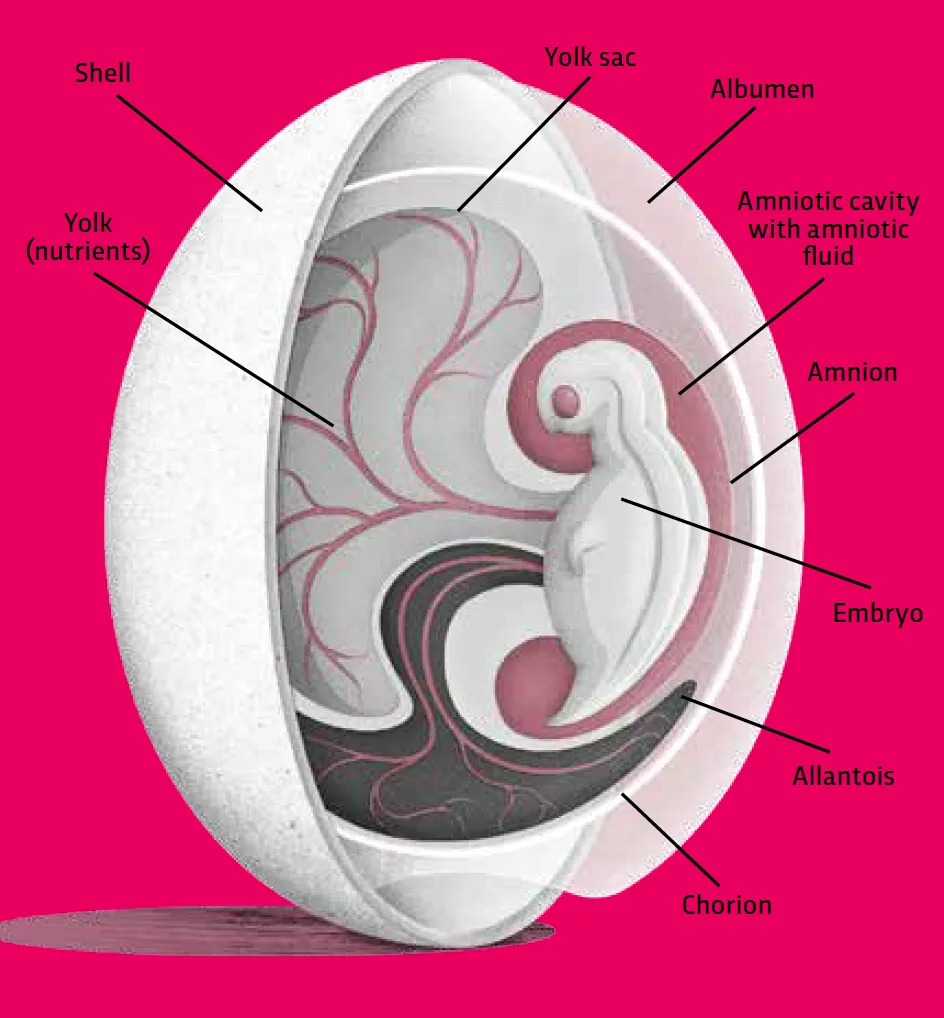Asked by: EleanorTew, York
It’s all down to some nifty engineering inside the eggshell. Early on in a chick’s development, it grows a hollow, sac-like structure from its gut, known as an ‘allantois’. This pouch fuses with a second membrane (‘chorion’) surrounding the chick and its yolk, which together form the ‘chorioallantoicmembrane’.

With one end attached to the chick, and one end close to the eggshell’s inner surface, this membrane effectively acts like lung tissue, connecting the chick’s circulatory system to the outside world. Oxygen diffuses through microscopic pores in the shell to the blood vessels in thechorioallantoic membrane, and then on to the chick’s bloodstream. Carbon dioxide, the gaseous waste product of respiration, passes in the opposite direction.
Read more:
- Is it possible for chickens to lay eggs in space?
- How do fish know who they are?
- Why do sea turtles cry when they lay eggs?
- How do mussels stick to wet rocks?
Subscribe to BBC Science Focus Magazine for fascinating new Q&As every month and follow @sciencefocusQA on Twitter for your daily dose of fun facts.